By: Jennifer Ariesta
And before long, we’re already halfway through the first season of Ahsoka. Like a good midpoint episode, The Fallen Jedi is packed to the brim with escalating tension and consequential turning points. More than ever, the show proves to be an effective storyteller:
in a concise 38 minutes, so much happens without coming off like a whiplash.
The episode picks up immediately where the last one left off. Trapped in the red forest planet Seatos, Ahsoka Tano (Rosario Dawson), Sabine Wren (Natasha Liu Bordizzo), and wisecracking droid Huyang (voiced by David Tennant) must fix their ship before Baylan Skoll (Ray Stevenson) and Shin Hati (Ivanna Sakhno) can track them down. Soon, their hiding place is found, forcing Ahsoka and his pupil to make a difficult decision regarding their mission.
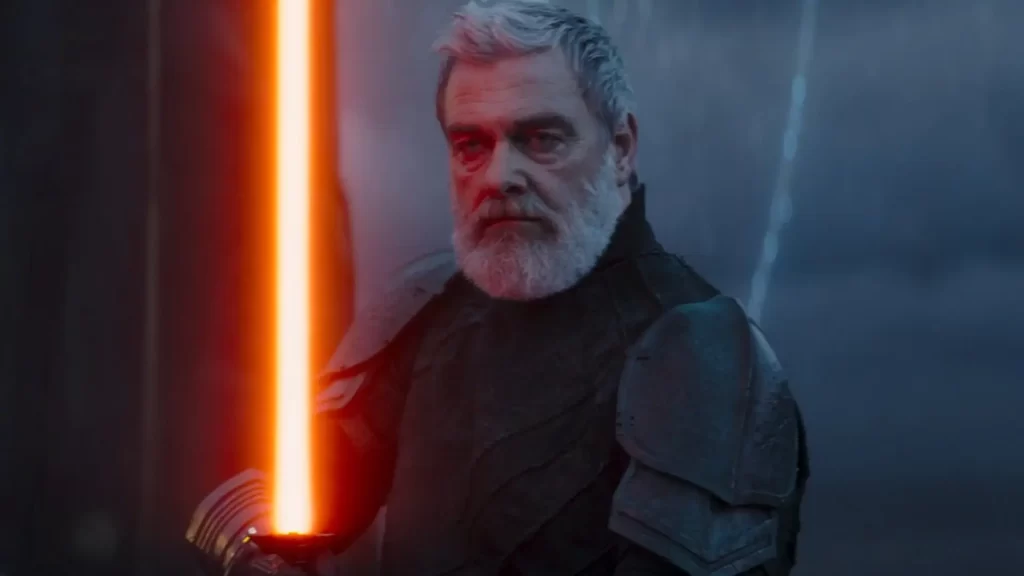
Once again, Sabine becomes the most integral part of Ahsoka. Her emotional growth continues to anchor the whole show. Conflicted and ridden with humanly flaws, Sabine’s complex character arc proves how much Star Wars has learnt from the Mary Sue allegations targeted at their past female characters. As for Ahsoka: at this point, it’s best to accept that she’s a glorified main lead in a show that should’ve been called Sabine. Although, something happens in this episode that could spell some exciting development for the Togruta Jedi going forward.
Baylan finally takes a more central role as Ahsoka and Sabine’s adversary. Stevenson’s gravitas lend the character a menacing presence that belies his minimal screen time so far. We get some hints about his Jedi past, where there seems to be a dimension to the character yet to be revealed. Most importantly, his backstory mirrors Ahsoka’s own conflicted relationship with the old Jedi institution, tying it nicely with the show’s recurring motive.
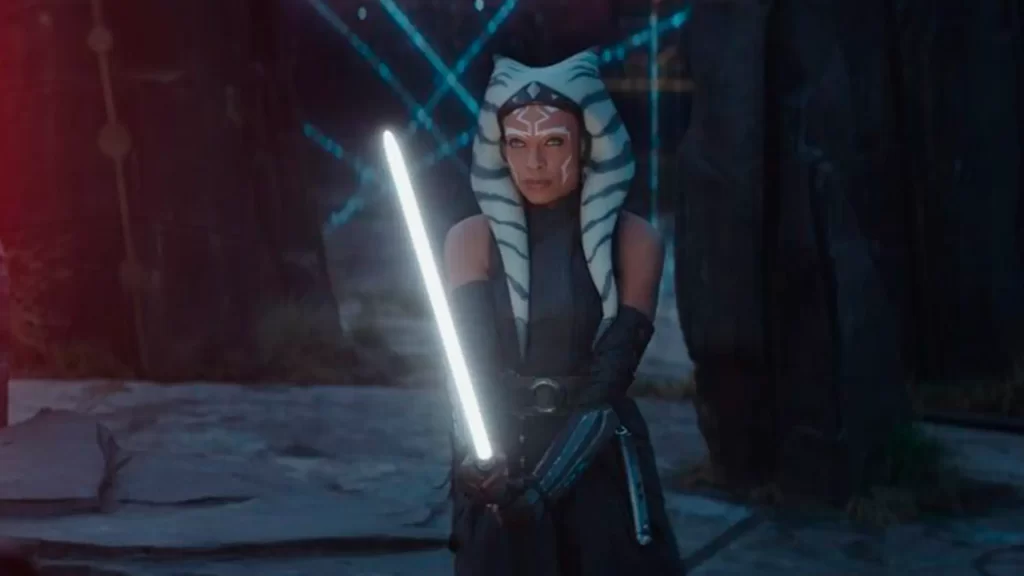
The theme of personal goal vs greater good is aptly explored here. Sabine’s old comrade Ezra Bridger has been the other phantom haunting the characters beside Grand Admiral Thrawn. Our heroes want to bring him back; but if the cost is the return of the “heir of the Empire” himself, are they willing to pay the price? The rest of the episodes are about to reveal that.
Visually, Ahsoka continues to impress. Seatos is a beautifully realized planet, with its dramatic red forest and gloomy gray sky. Fans tuning in for outer space dogfights and lightsaber battles will be well pleased with the action-packed episode. The element of witchcraft introduced through Morgan Elsbeth (Diana Lee Inosanto)’s Nightsister has so far been a welcome addition, opening a portal to another galaxy for our characters and a chance for the franchise to do something entirely new. It doesn’t hurt that the art direction and visual effects are truly remarkable.
But it’s the score that is the MVP this time! Kevin Kiner’s compositions render every scene with heightened intensity. From the old-school excitement of the New Republic fleet’s score, Baylan’s ominous track, to the expansion of Ahsoka’s traditional Asian-influenced battle score, there’s no shortage of great tunes here.
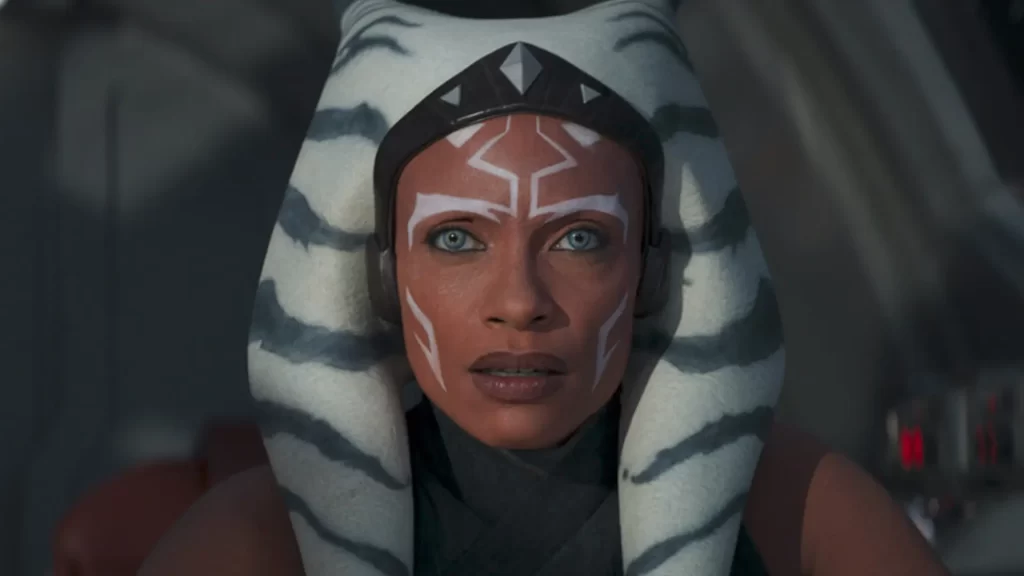
If I must nitpick, the saber battles could’ve been more energetic. Many times, you can tell the actors move at sluggish speed to perform the demanding fight choreographies. In another bummer, the show continues Star Wars’ not-so-great legacy of introducing a cool villain only to have them defeated in anticlimactic fashion a la Knights of Ren, the Praetorian Guards, and Captain Phasma. Patience, we must have in this case.
That notwithstanding, The Fallen Jedi truly feels like classic Star Wars with real stakes, immersive worldbuilding, and strong metaphysical angle. Despite the short duration, it feels fulfilling because of everything they’re able to cram in (Plus, there’s a much-awaited cameo that’s guaranteed to keep you seated for at least another episode!).


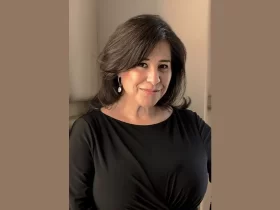
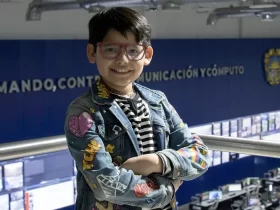



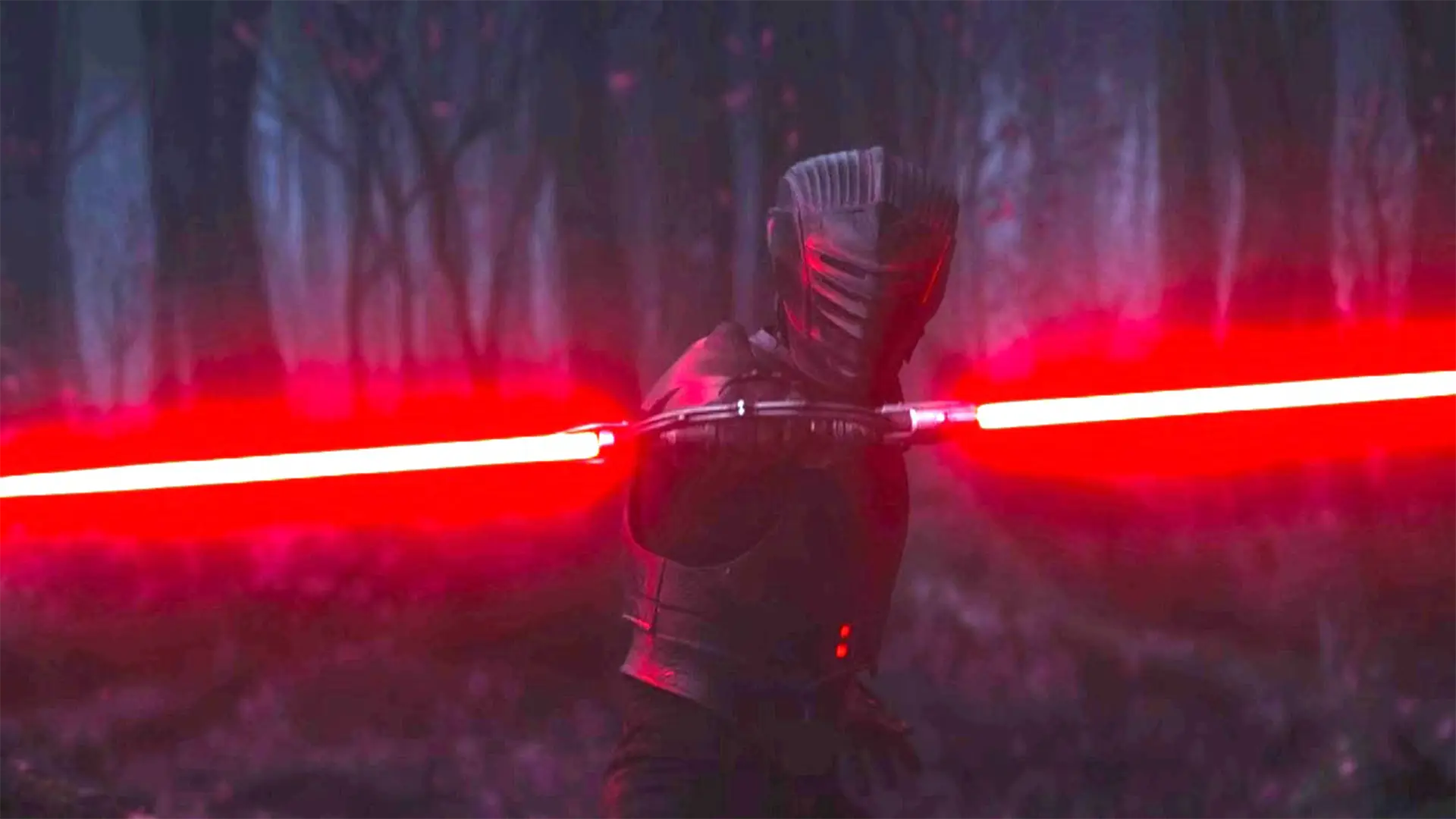































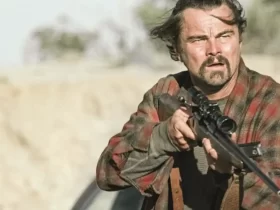
Leave a Reply